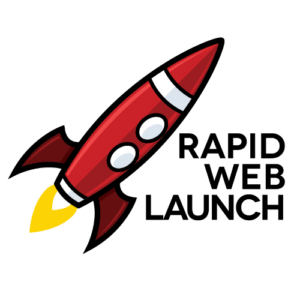Storyboarding in web design is a visual planning process that maps out the flow and key elements of a website before the development begins.
It involves creating sketches or diagrams to outline the structure of web pages, the journey users will take through the site, and how different parts will interact.
Here’s a closer look at the concept:
What it involves
- Sketching Page Layouts: Drafting rough visuals of individual web pages.
- User Journey Mapping: Illustrating the path users will take from one page to another.
- Interaction Design: Planning how users will interact with the website elements, like buttons or forms.
Purpose and Benefits
- Clarity: Provides a clear blueprint for developers and designers, ensuring everyone has a shared vision.
- Efficiency: Helps identify potential issues early, saving time and resources.
- User-Centric Design: Keeps the focus on creating a user-friendly website by visually planning the user experience.
How to Create a Storyboard for Web Design
- Identify Objectives: Start by defining the goals of your website.
- Map the User Journey: Sketch the path you want users to take, including key actions and interactions.
- Design Page Layouts: Draft rough layouts for each page, marking out main elements like navigation, content blocks, and CTAs (Calls to Action).
- Review and Iterate: Collaborate with your team to review the storyboard, making adjustments as necessary to improve clarity and user experience.
Storyboarding in web design is a collaborative process that helps teams visualize and plan the structure and user experience of a website effectively, ensuring the final product meets its intended goals and provides a seamless experience for users.
